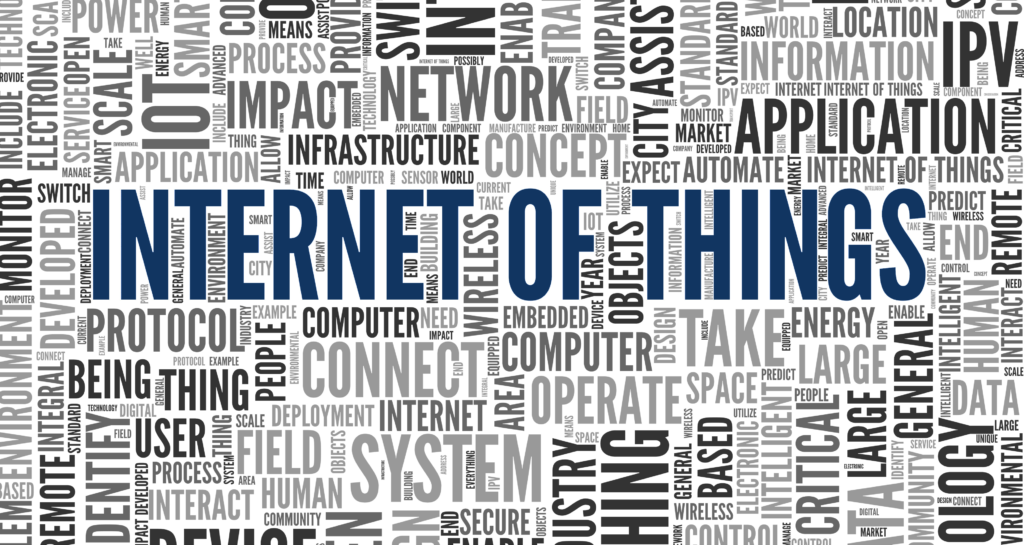There are many different definitions of IoT. However, never has been a definition that could describe well and concisely what internet of things is. A description that people from other areas of work could also understand. Now there is.
IoT origin and definition
The term Internet of Things has been coined already in 1999. Kevin Aston is the person who coined the term while working in Procter & Gamble1. Since then there has been several entities and individuals to give a try to define the new buzzword.
Some definitions were more complex and others simple. Some long and others short. The diversity appeared from the need to define a concept that was in its early phase and included many topics under one umbrella. Still, the common denominator in all the definitions has been the data capture and interaction. One of the best terms I found till date is from Gartner. A simple, inclusive, easily understandable and clear term:
“Internet of Things is a network of dedicated physical objects (things) that contain embedded technology to sense or interact with their internal state or the external environment.”2
Explanation of IoT
The definition above has several notions that might skip the more distracted reader. On the other hand, the more critical reader might ask questions like The internet is not mentioned, what is its part in the definition? Couldn’t a smartphone be included in IoT with this definition? Is IoT an aggregate of individual products? and Can a product be mention as an IoT product?
Network
Starting from the beginning, the word network is key to the whole definition. In computer science, a network “is comprised of a different number of computer systems that can be connected by physical and wireless connections”3.
Thus, the computer systems don’t need to be connected directly to the internet. They can belong to an intranet or closed system. More, internet is a word with its origins in 1970 which derives from the junction of inter- and network. Also, with the rise of awareness in privacy and security, some companies and projects in IoT are implemented in intranets and closed systems rather than being connected directly to cloud over the internet.
In sum, IoT has evolved to be more than just an internet connection of dedicated devices. Those dedicated devices can belong to an intra- or closed network. Consequently, is more inclusive, robust and future-proof to describe IoT as a network instead of (just) an inter-network.
Dedicated physical objects
With the dedicated word from ‘dedicated physical objects,’ it excludes all the general purposes devices. Devices such as mobile phones, tablets and PCs. These besides being multipurpose devices can also be used for direct human input. Additionally, these dedicated physical objects need to have embedded technology. It’s not enough to be a dedicated product. The embedded technology will provide these objects capability to sense internal and external data.
To answer the last two questions, we need to focus on the first part of the definition. IoT is not a product but an ecosystem of physical objects. Therefore, there are no IoT devices, but rather products that enhance the IoT ecosystem. Also, an IoT can be comprised of several companies that aren’t partners neither know of each other’s existence in the same network.
